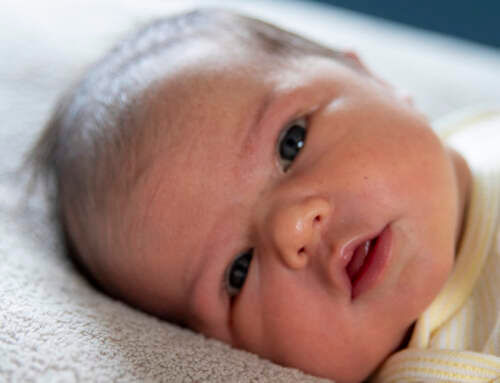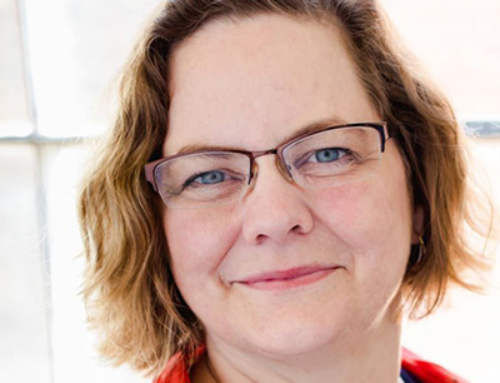
Michelle, Kevin and Jonas greet Baby Alison
When I had been a midwife assistant in a home birth practice for about four years, I finished nursing school, passed my state licensing boards and got a job. I worked as a Labor and Delivery nurse in a very busy hospital. It was 1989, and I lived in Los Angeles County, California. At that point, I had seen around 500 home births and figured I knew normal birth,(AKA physiological birth), better than most of the hospital obstetrical providers. Turns out that assumption was right. I will save those stories for another day.
I also figured that after I had worked in the hospital for a while, I would still think that home birth was a safe option. I was wrong. I came away from my L&D Nursing career thinking that planned home birth is not just a safe option but is often safer. Yes. Safer.
Moderate, middle of the road gal that I am, I came out of my hospital nursing tenure radicalized towards home birth. Why?
Because in the hospital I routinely saw postpartum hemorrhage. I was oriented to the postpartum recovery room like this: Always enter with your eyes to the ground. Look to see which bed that has the biggest blood puddle under it. Go there first.
Because mothers and babies were routinely separated. Immediate cord cutting, the pediatric evaluation on the baby warmer across the room, nurseries with plastic cribs and replaceable name cards were all part of that routine; mothers and newborns were seen as separate patients cared for by separate staff. My first nursing supervisor was incensed if a mother and baby spent more than 15 minutes together after birth; the sooner the baby went to the nursery, the sooner the ward’s census went down.
Because I saw the exact same midwives make very different choices at the hospital than they ever made at home. Breaking someone’s bag of waters, starting Pitocin augmentation after an hour of no change in cervical dilation, cutting a cord before it was done pulsing, handing a newborn to a nurse and not to the newly delivered mother.
Because I saw true emergencies that never needed to happen, that were created because of the culture of the place. For example, an emergency cesarean section done to save the baby whose heart beat was dropping to a near stop because the mom’s blood pressure was dangerously low because the anesthesia team was doing a study of a drug combination. A multitude of emergency surgical deliveries later, that drug combination was scientifically proven to be a very bad idea.
Because ultimately, no one took responsibility, not the nurse, not the nursing supervisor, not the doctor or midwife, not the Chief Resident, not the Head of Anesthesia and certainly not the pregnant woman.
My first nursing job, where I worked in Labor and Delivery to support women giving birth to their sweet babies in the hospital of their choice, left me believing that my own decision to birth at home was a very good choice indeed.
Michelle
May all babies be born into loving hands



Leave a Reply